Sources Concerning the Development of Knowledge in the History of Architecture
Early modern architecture is one of the major incentives which brought about modern Western science and technology, documented by architectural remains as well as by various sources, among them architectural drawings.
The collections represent documents as well as databases with research data, and construction details.
 Collection of Historical Sources on Architecture
Collection of Historical Sources on Architecture
 Collection of the Werner Oechslin Library Foundation
Collection of the Werner Oechslin Library Foundation
 Florentine Cathedral - Construction Details
Florentine Cathedral - Construction Details
 Florentine Cathedral - the Archives
Florentine Cathedral - the Archives
The construction of the huge cupola of the Florentine cathedral Santa Maria des Fiore, the first cupola built without a scaffolding, can be considered as the most spectacular technological endeavor of renaissance architecture. Sources documenting the period of this construction survived, but have been rarely studied due to difficulties to access them. The situation was changed when the Opera del Duomo decided to launch the project The Years of the Cupola which now joins the ECHO initiative.
The Years of the Cupola is an archive of the documentary sources of the Opera di Santa Maria del Fiore. The period covered, 1417-1436, corresponds to the two decades during which Brunelleschi's dome was designed and constructed. The project includes all the documentary records of the cathedral's Opera, or Board of works, which oversaw not only the work site for the construction of the cupola and the rich furnishings and works of art that adorned the church, but also the residence of the clergy in the nearby canonry and other real estate owned by the Opera, as well as important outside projects ordered by the city's communal government, from fortifications throughout the territorial state to the papal apartments in the convent of Santa Maria Novella. The sources document the provision of building materials, the management of the work force, the institutional structure of the Opera itself and its efforts to collect the publicly decreed financing due it, its presence in the liturgical context and its relations with the city of Florence, that saw itself reflected in the great civic enterprise of the cathedral.
Obviously, the sources comprised in the archive The Years of the Cupola are of extreme interest for various branches of the science of history such as for instance history of economics, social history or history of science. Historians of science will be particularly interested in the inferences the material allows to draw regarding the mechanical knowledge that was necessary for the design and construction of the cupola.
 Representations of the digital archive
Representations of the digital archive
The textual archive consists of the complete edition of the Opera’s sources for the period under consideration, accompanied by a system of structured analysis that presents its contents to the user and provides easy access to them. The basic unit of the digital archive is the single document or act, fully transcribed according to philological criteria and available for direct textual research. A series of analytical tools facilitates the search for individual documents within the corpus: there are for instance richly articulated indices which can be interrogated, analyses of content by topics in expanding categories, where the specific terms found in the texts are recorded and grouped in handy and easily perused glossaries or reference tools such as document summaries.
 Collection of Historical Sources on Architecture
Collection of Historical Sources on Architecture top
top
